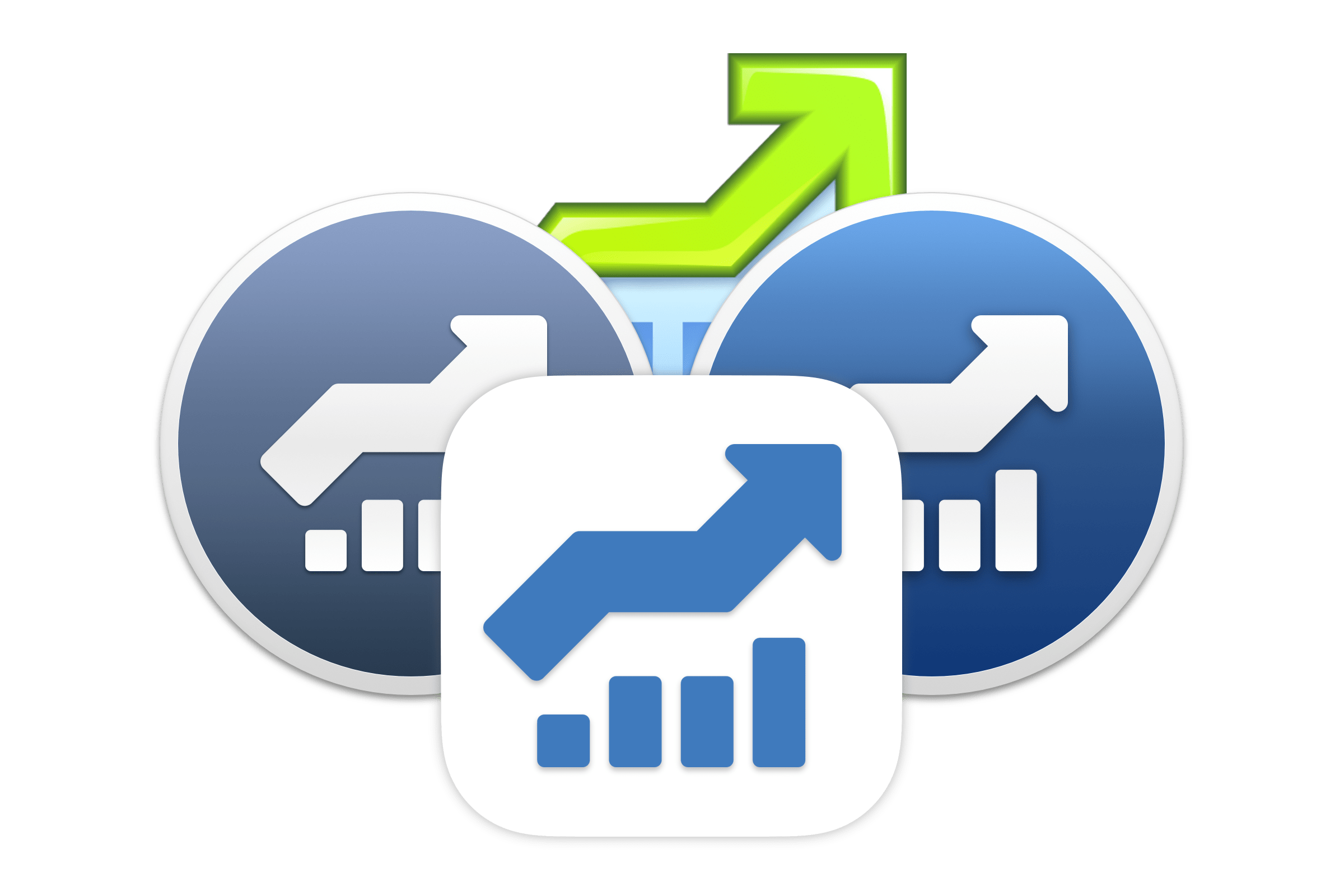

"With the backdrop of easing inflation pressures, we should see more consistent declines in mortgage rates as the year progresses, particularly if the economy and labor market slow noticeably," says Greg McBride, CFA and chief financial analyst at Bankrate.

We're still a long way from the record-low refinance rates of 20, but borrowers may see rates fall in 2023. Looking at average mortgage rate data for the past year, mortgage rates hit a peak in late 2022 and have been trending down since then. "Ultimately, more certainty about the Fed's actions will help to smooth out some of the volatility we have seen with mortgage rates," says Odeta Kushi, deputy chief economist at First American Financial Corporation.Īs the Fed aggressively ratcheted up its federal funds rate in 2022, refinance rates spiked, but we're seeing signs that rates may be slowly starting to level out as inflation eases.įor the first three meetings of 2023, the Fed has adopted smaller rate increases - 25 basis points as compared with the 75- and 50-basis-point increases common last year - as it waits to see the cumulative effects of policy changes on inflation. Depending on incoming inflation data, the Fed may hold rates where they are - but not cut them - until inflation reaches its 2% goal. With inflation falling steadily from its peak last summer, the Fed has signaled that the end of the current rate hiking cycle may be in sight.


 0 kommentar(er)
0 kommentar(er)
